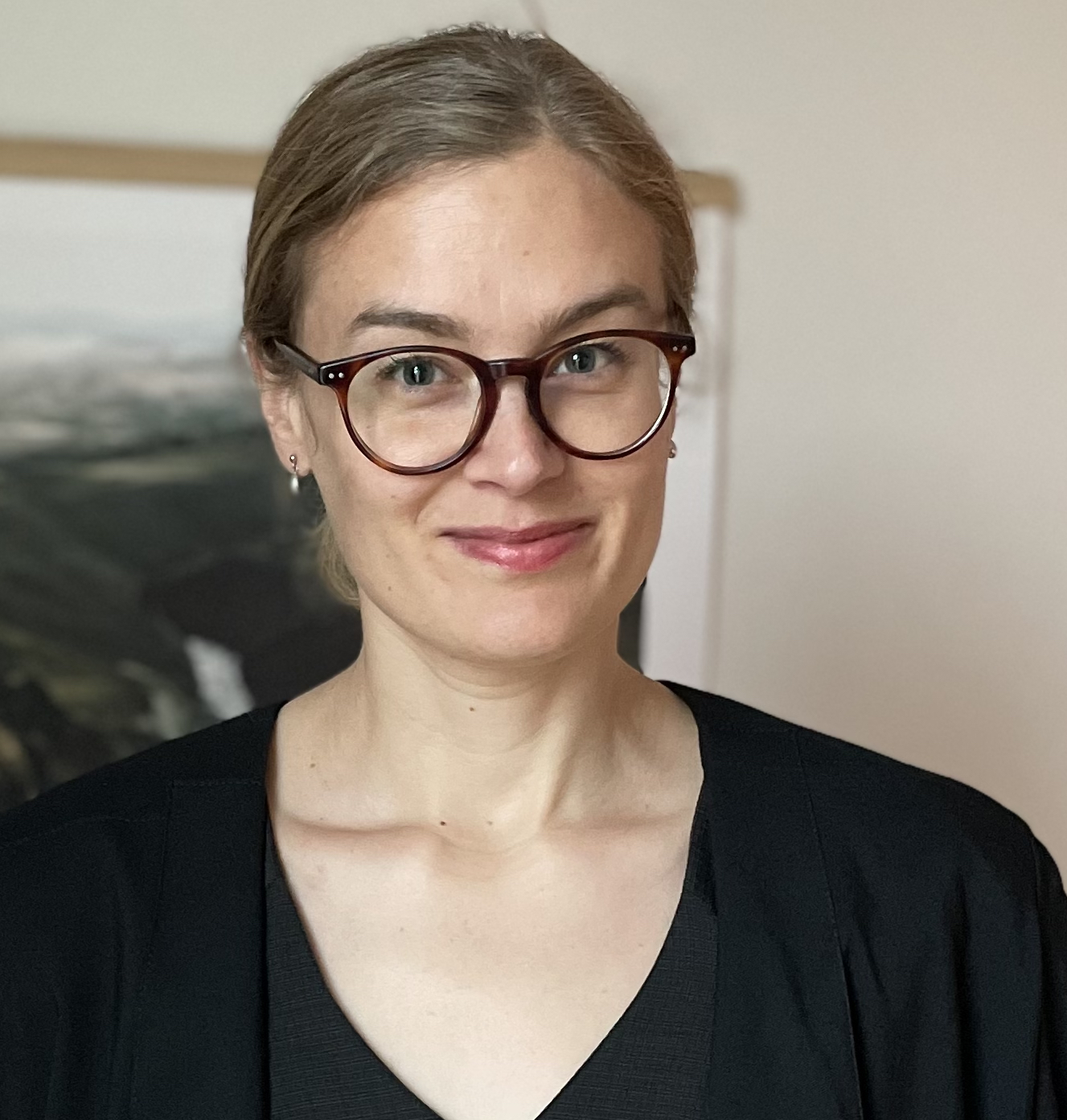Jenny Carlsson
@ri.se
Mechanical research and innovation
RISE Research Institutes of Sweden
EDUCATION
Postdoc, 2021-2023, University of Cambridge
PhD, 2020, Uppsala University
MSc, 2012, Chalmers University of Technology
RESEARCH, TEACHING, or OTHER INTERESTS
Engineering, Computational Mechanics, Mechanics of Materials
Scopus Publications
Scopus Publications
J. Carlsson, A. Kuswoyo, A. Shaikeea, and N.A. Fleck
Elsevier BV
Jenny Carlsson, Anna Braesch-Andersen, Stephen J. Ferguson, and Per Isaksson
Elsevier BV
J. Carlsson, V.S. Deshpande, and N.A. Fleck
Elsevier BV
Faezeh Shalchy, Jenny Carlsson, Vikram Deshpande, and Norman Fleck
Elsevier BV
J. Carlsson, K. Li, V.S. Deshpande, and N.A. Fleck
Elsevier BV
Jenny Carlsson and Per Isaksson
Elsevier BV
Jenny Carlsson and Per Isaksson
Elsevier BV
Jenny Carlsson and Per Isaksson
Elsevier BV
Jenny Carlsson, Magnus Heldin, Per Isaksson, and Urban Wiklund
Walter de Gruyter GmbH
Abstract With industrial groundwood pulping processes relying on carefully designed grit surfaces being developed for commercial use, it is increasingly important to understand the mechanisms occurring in the contact between wood and tool. We present a methodology to experimentally and numerically analyse the effect of different tool geometries on the groundwood pulping defibration process. Using a combination of high-resolution experimental and numerical methods, including finite element (FE) models, digital volume correlation (DVC) of synchrotron radiation-based X-ray computed tomography (CT) of initial grinding and lab-scale grinding experiments, this paper aims to study such mechanisms. Three different asperity geometries were studied in FE simulations and in grinding of wood from Norway spruce. We found a good correlation between strains obtained from FE models and strains calculated using DVC from stacks of CT images of initial grinding. We also correlate the strains obtained from numerical models to the integrity of the separated fibres in lab-scale grinding experiments. In conclusion, we found that, by modifying the asperity geometries, it is, to some extent, possible to control the underlying mechanisms, enabling development of better tools in terms of efficiency, quality of the fibres and stability of the groundwood pulping process.
Jenny Carlsson and Per Isaksson
Elsevier BV

